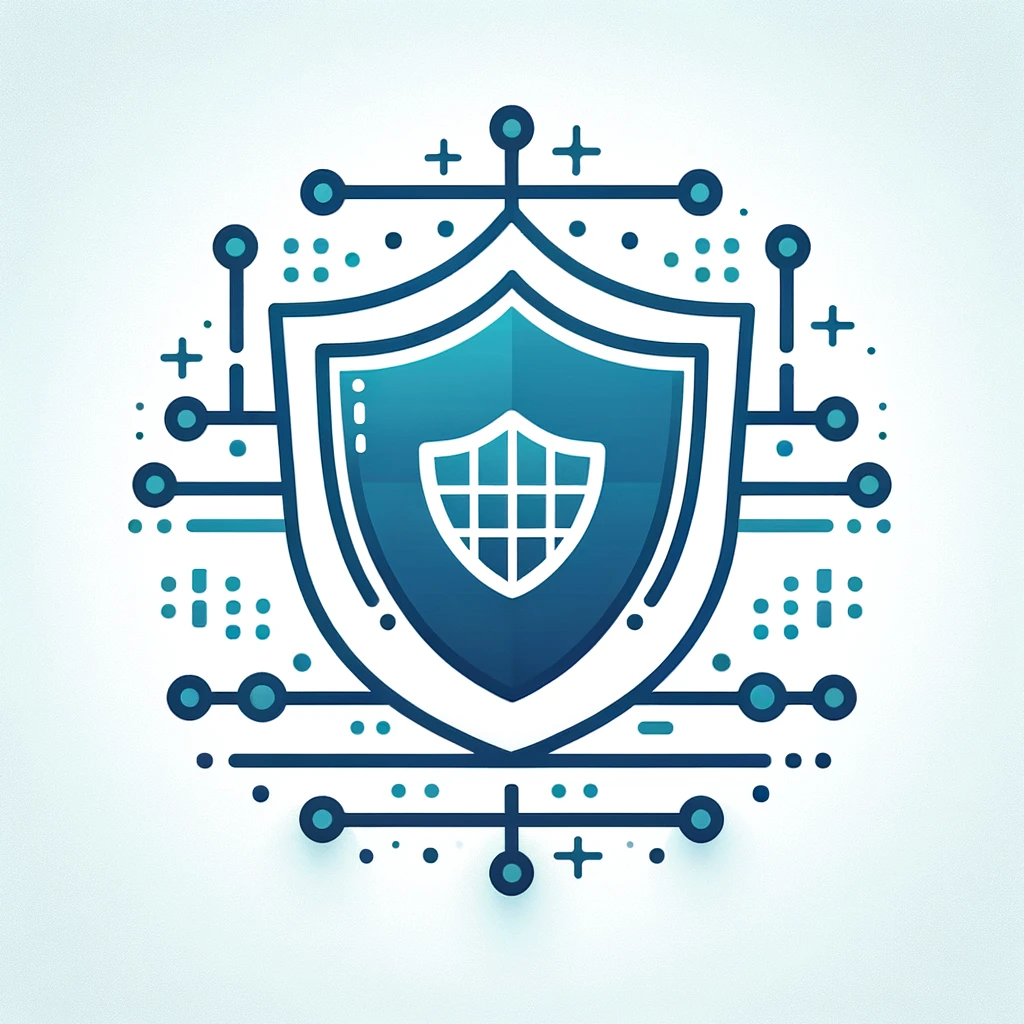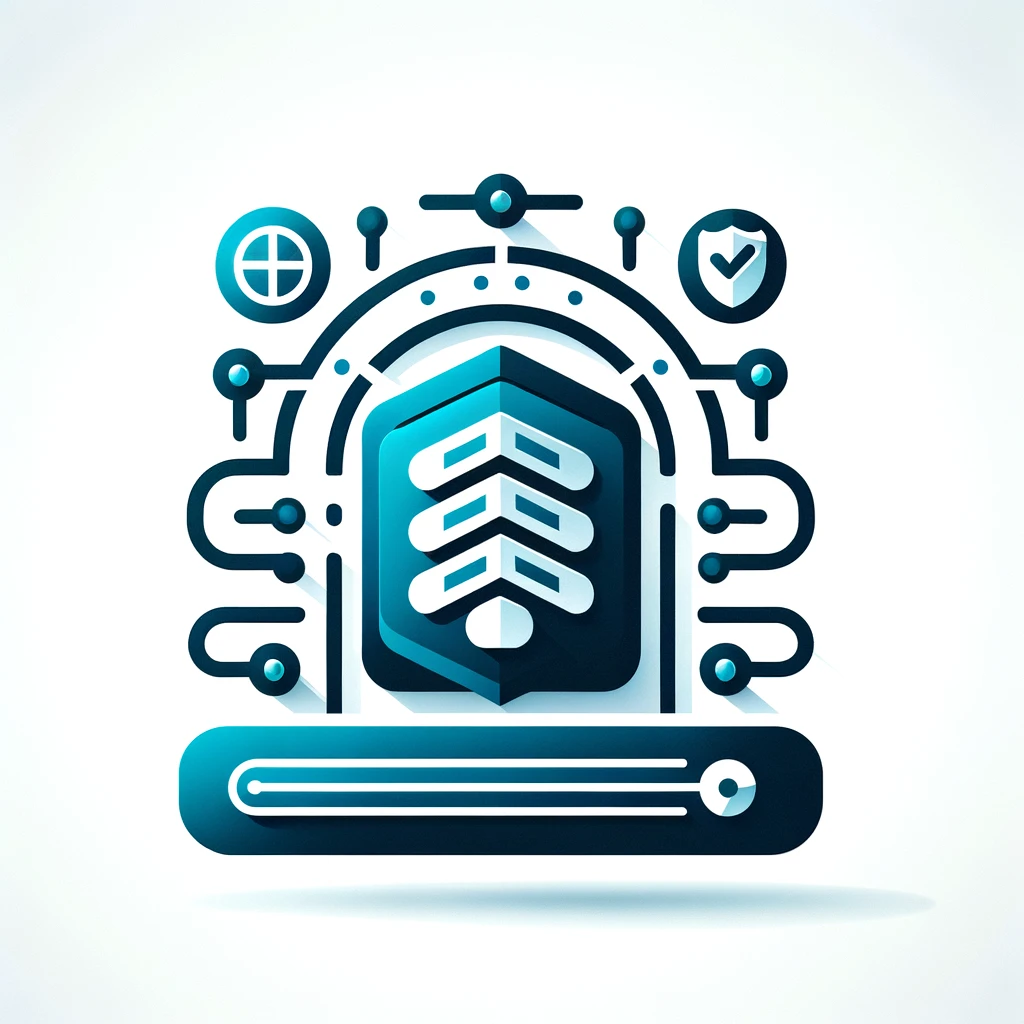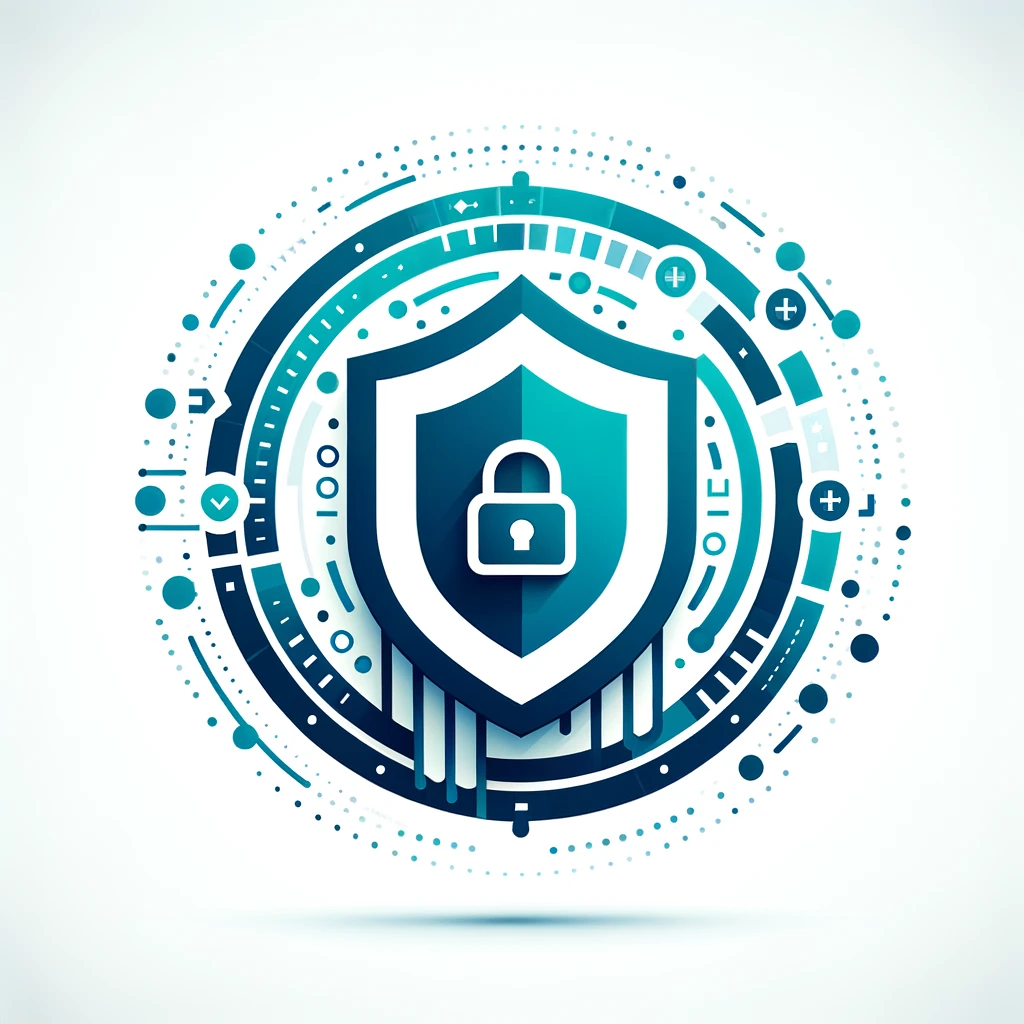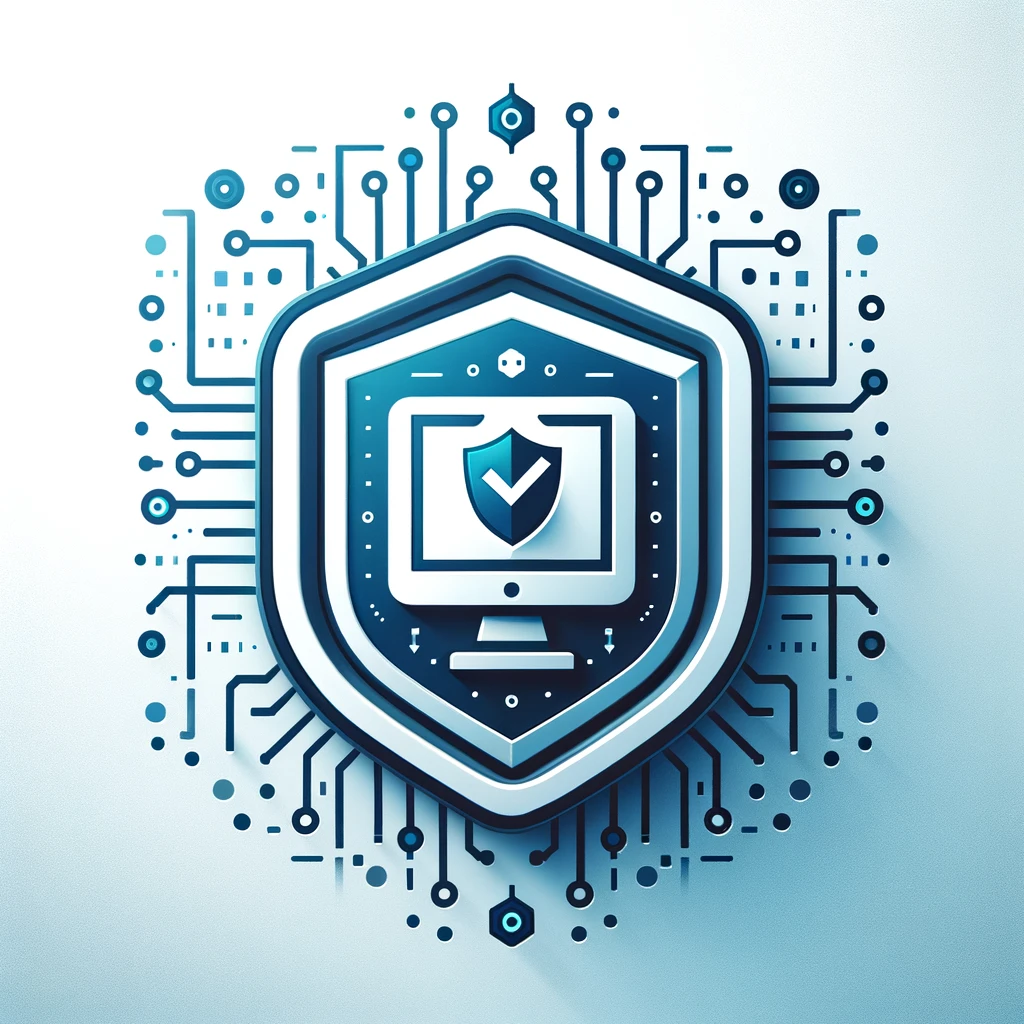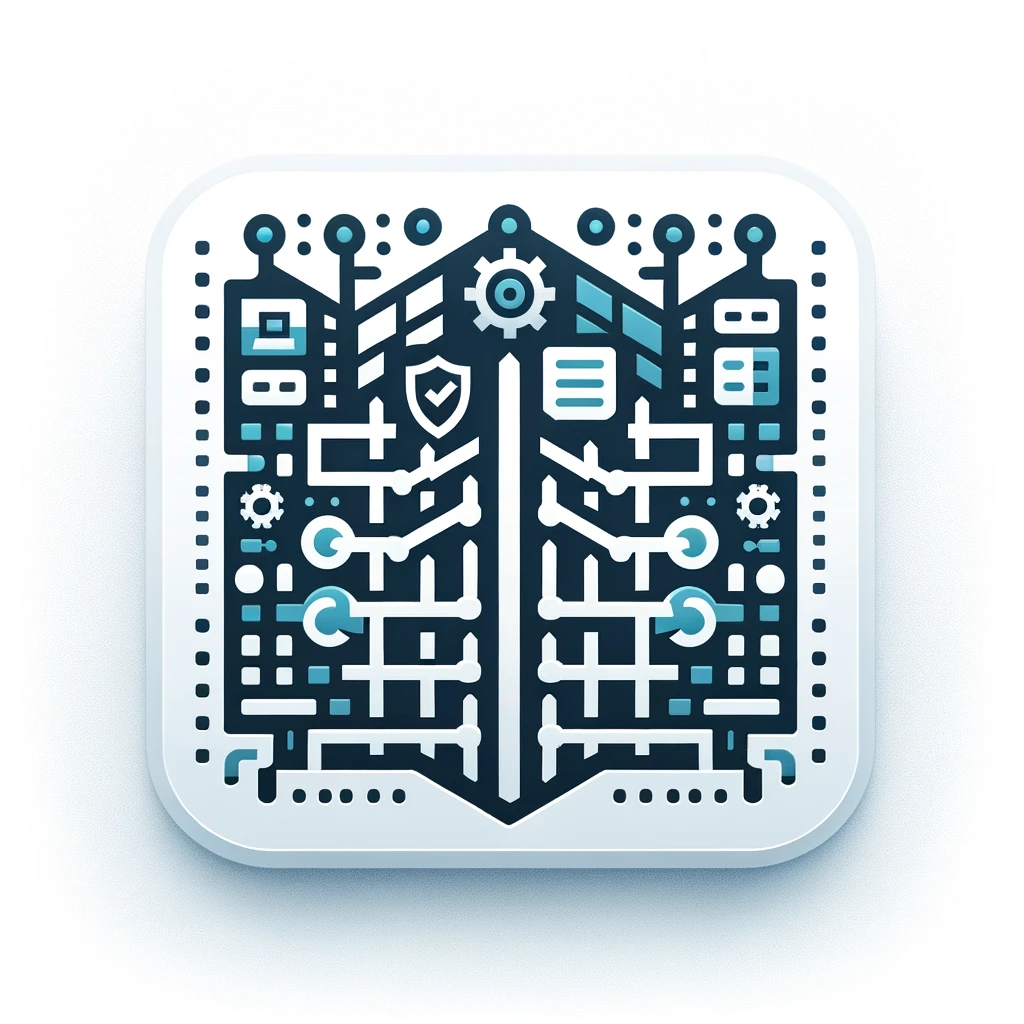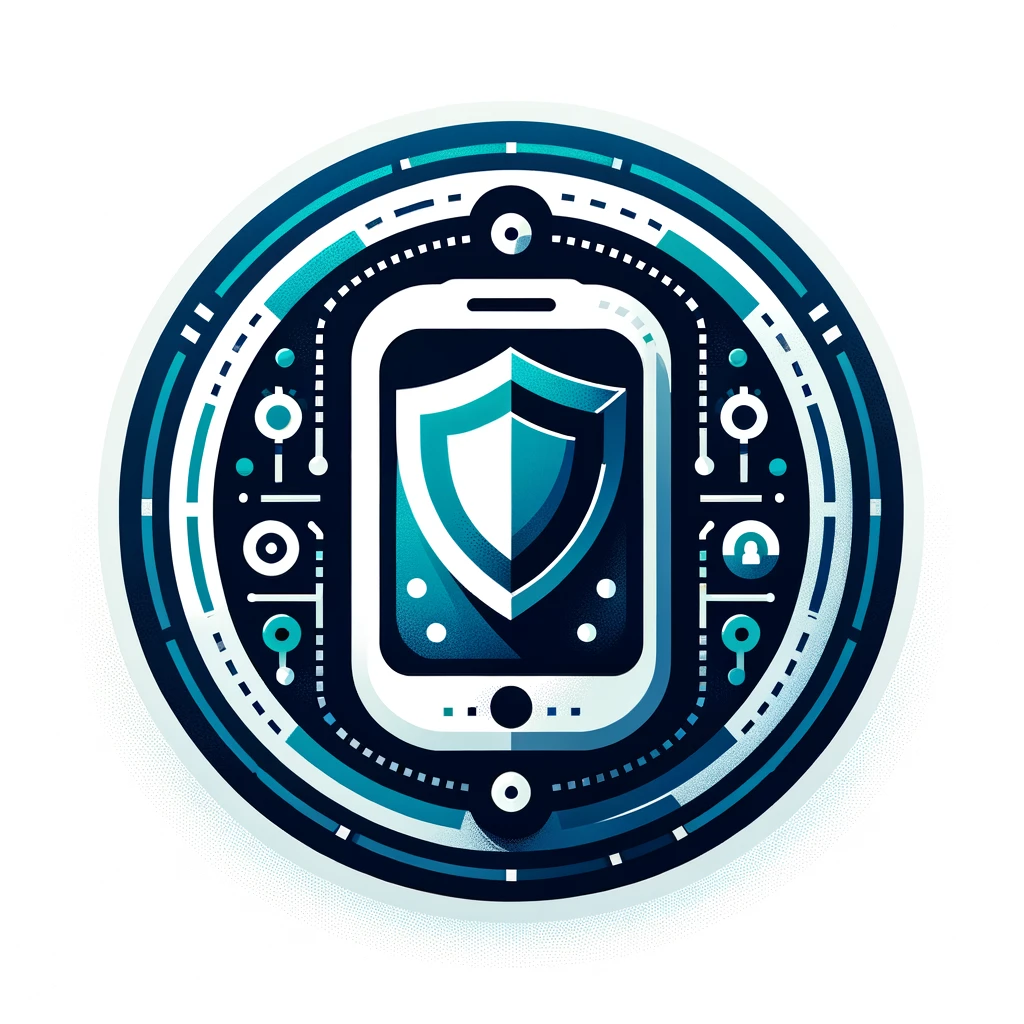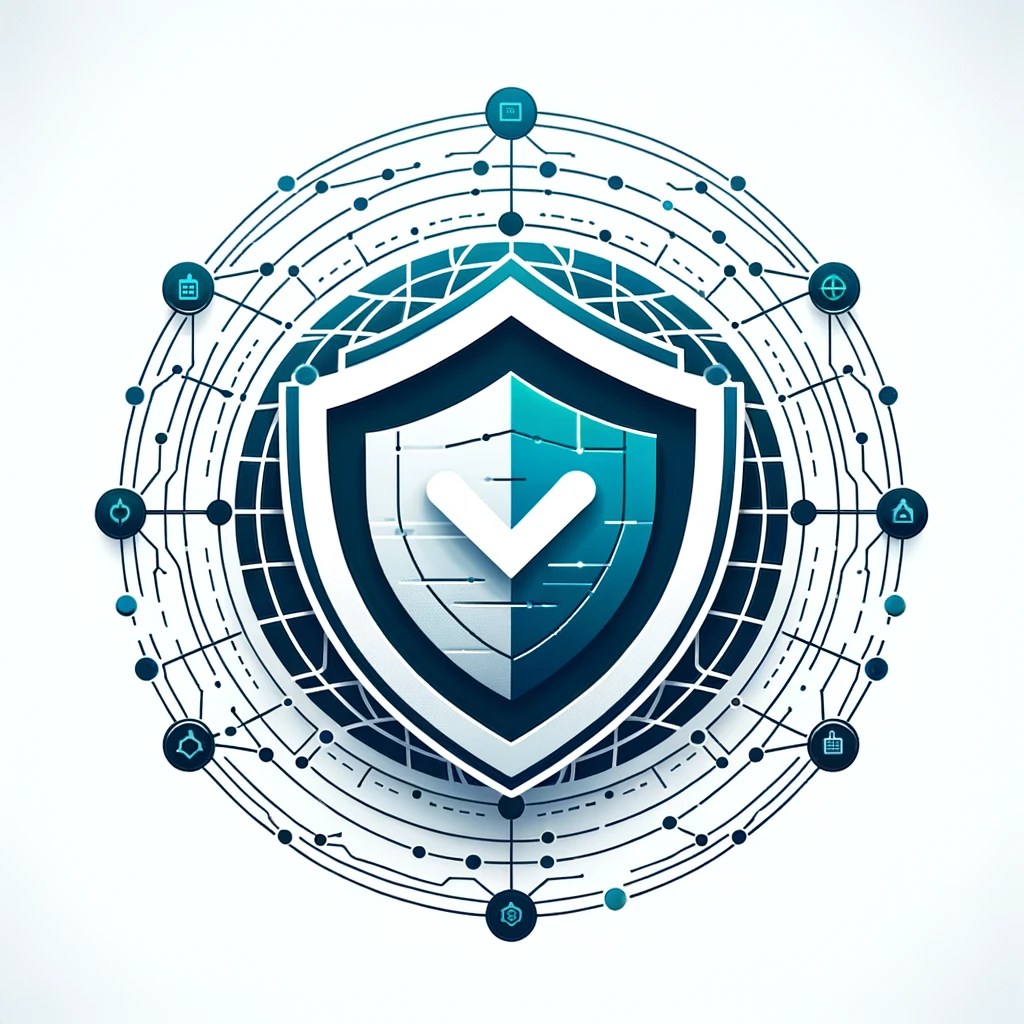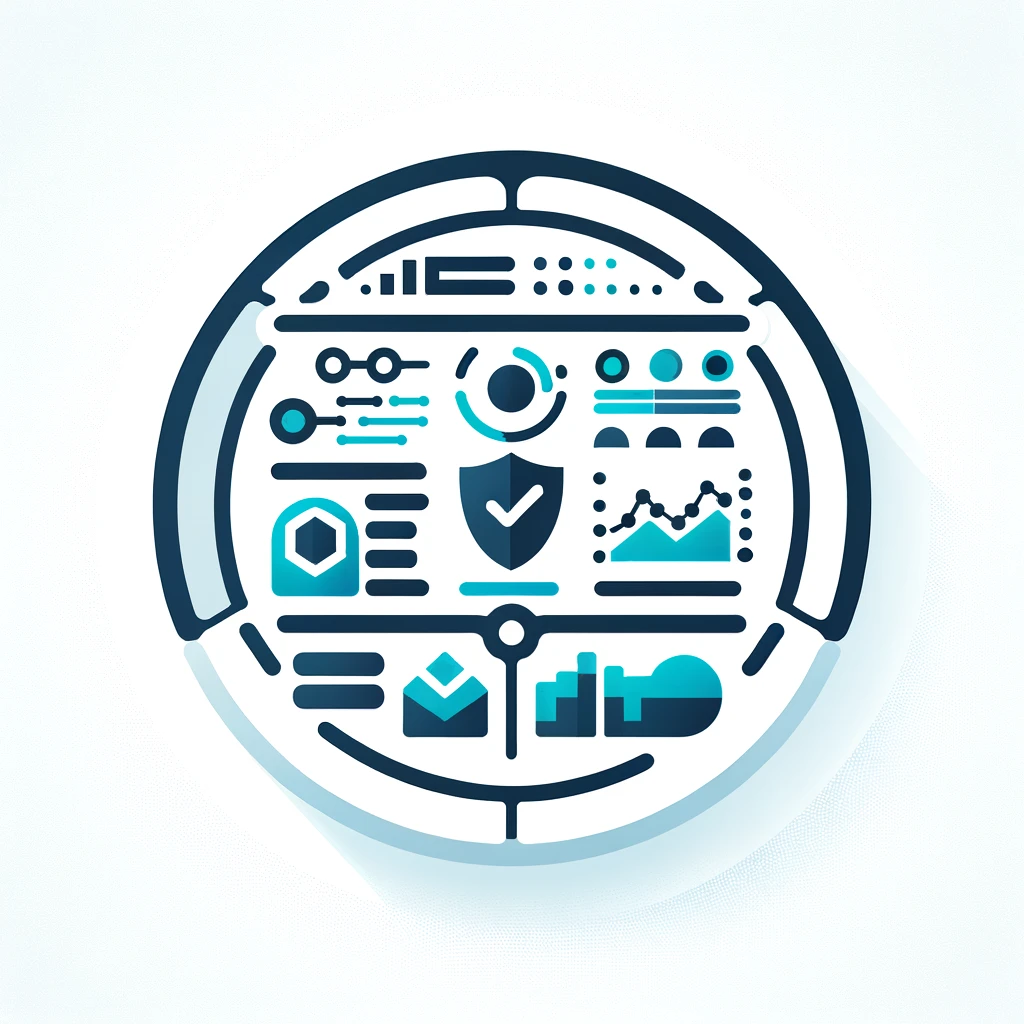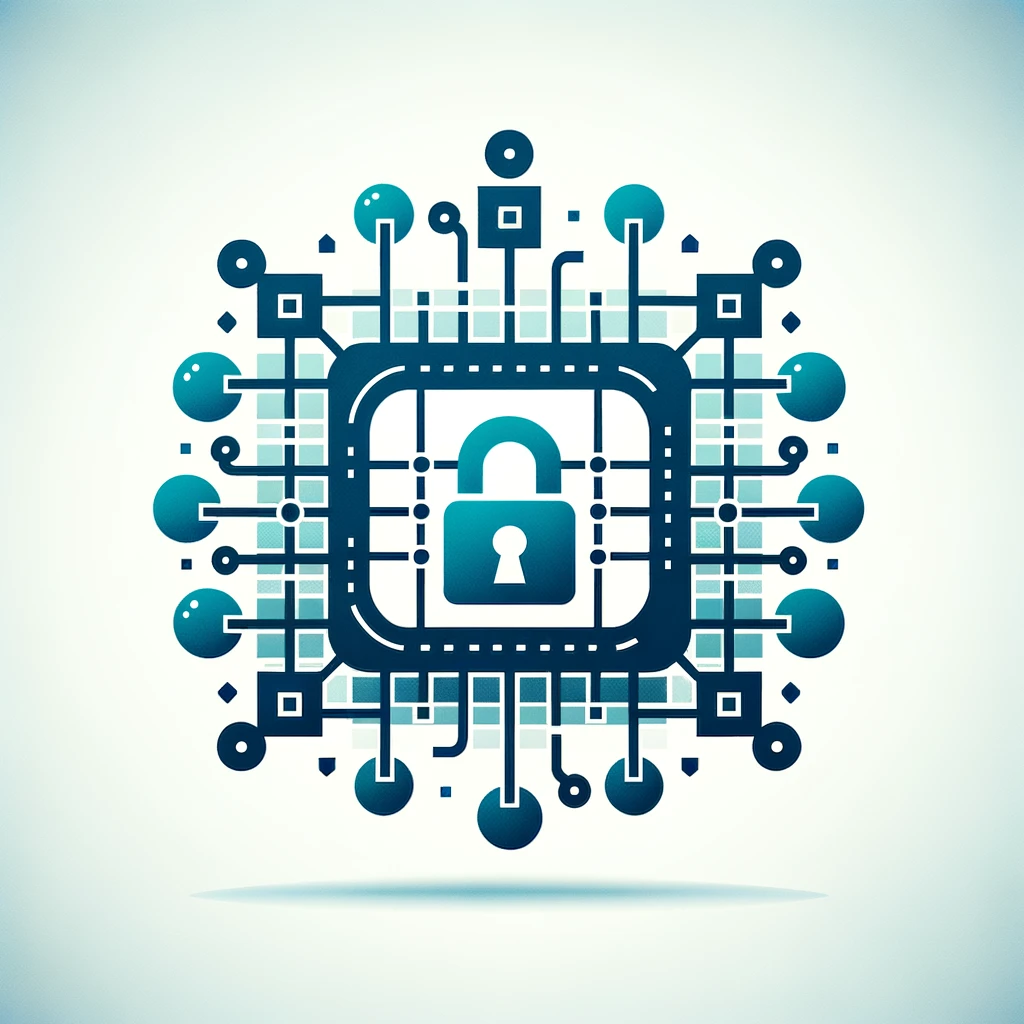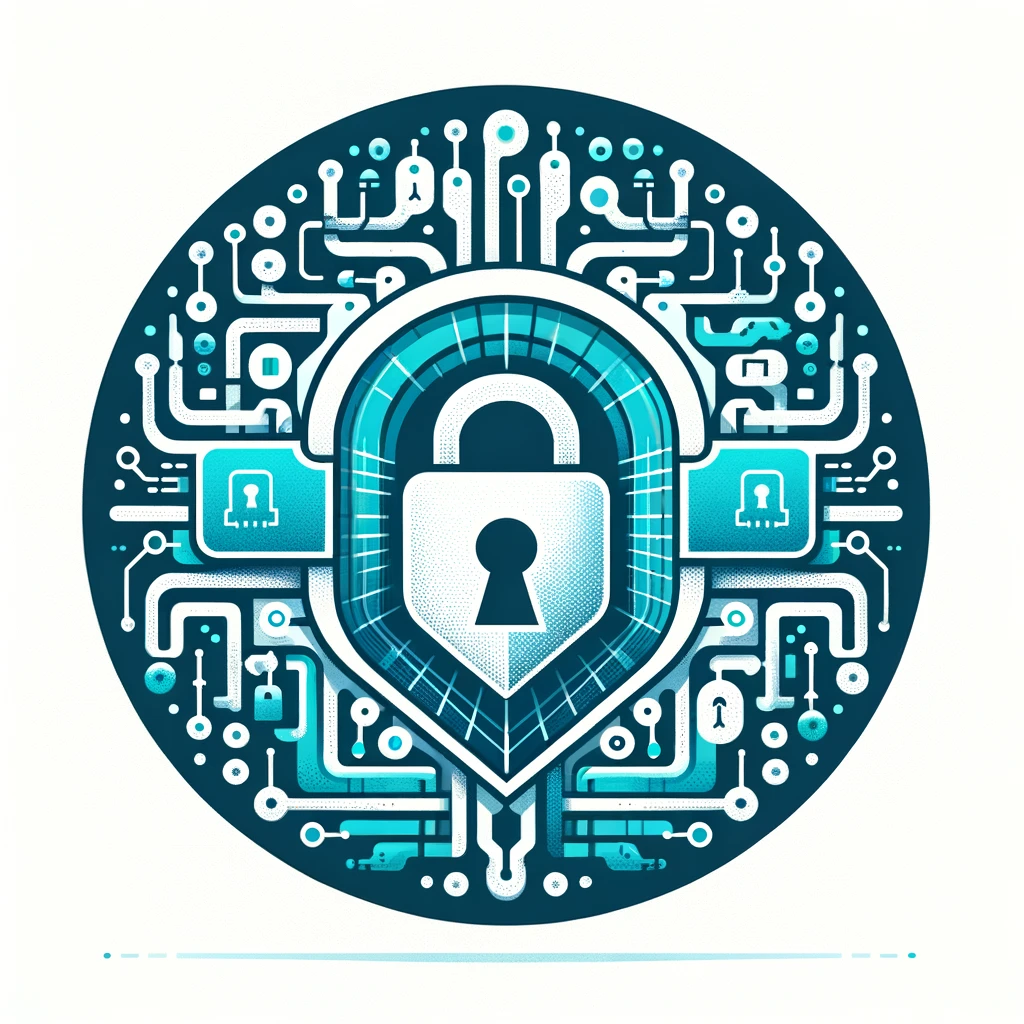Check Point
Welcome to the future of cyber security
DDoS Protection
DDoS protection can be used to protect against so-called distributed denial-of-service (DDoS) attacks, in which a large number of infected systems are maliciously used to attack a single target. The target system is usually unable to handle the large amount of requests and is therefore no longer accessible to its users; the flood of incoming messages forces a shutdown of the system and therefore also of the services provided to legitimate users via this system.
Cloud Access Security Broker (CASB)
Cloud apps should be accessible as flexibly and easily as possible, preferably from any location with internet access and from any end device. However, it is precisely this simplicity of cloud access that often makes it easy for unauthorised third parties to access cloud data and misuse cloud apps. Among other things, cloud access security brokers ensure that network traffic between on-site devices and the cloud provider only takes place in accordance with the organisation’s predefined rules and policies. They are also useful because they provide insight into the use of cloud applications across multiple cloud platforms and can therefore recognise unintended use.
Application Layer Gateway
Application layer gateways are placed between the secure and insecure network; a proxy server is set up on them for each service to be monitored, which, unlike packet filtering, can be used to monitor the content. In this way, active content such as ActiveX controls or Java applets can be filtered out of HTML pages or the e-mail can be scanned for viruses.
Data Loss Prevention (DLP)
“Data loss prevention” and “data leakage prevention” are usually used synonymously, but some specialists also differentiate between them in technical discussions: “Data loss prevention” is protection against the unwanted outflow of data that causes damage and is also noticed, while “data leakage prevention” stands for protection against the suspected but unmeasurable and sometimes undetectable passing on of information to unwanted recipients.
Firewall (inkl. UTM & NG)
Modern firewall systems now offer a much broader range of integrated features in addition to the conventional functions of a firewall; UTM firewalls provide everything a security expert needs: Firewall, anti-virus, filtering features for web content,emails, application control and network functions (e.g. routing and load balancing) in just one appliance.
Network IPS
Intrusion prevention systems (IPS for short) are intrusion detection systems (IDS for short) that go beyond the mere generation of events to provide functions that can also block a detected attack. Network IPS includes all solutions that can provide centralised protection for the company network.
VPN / SSL / ZTNA
A conventional VPN is a virtual, self-contained communication network that uses an existing communication network as a transport medium. It is used to connect participants in the existing communication network with another network. In addition to traditional networking via VPN gateways, SSL VPN is also increasingly being used to connect individual end devices. With ZTNA administrators can granularly control access to internal resources and restrict access based on the client’s health state.
Data & Device Encryption
Data & device encryption refers to the encryption of data (such as folders, files, databases, etc.) and devices (such as hard drives, USB sticks, cloud storage, etc.). The aim of encryption is to subject the data to a mathematical transformation so that it is not possible for an attacker who gains possession of the data to extract the original data from the transformed data.
Endpoint Security-Firewall
Modern firewall systems now offer a much broader range of integrated features in addition to the conventional functions of a firewall; firewalls provide everything a security expert needs: Firewall, anti-virus, filter functions for web content and emails, application control and network functions (e.g. routing and load balancing) in just one appliance.
Mobile Device Security (MDM, MAM)
Mobile device security summarises a wide range of solutions for securing mobile devices in companies and is becoming increasingly important due to trends such as BYOD. While mobile device management (MDM) focuses on the activation of mobile devices, the roll-out and controlled provision of smartphones and tablets in the company and the implementation of guidelines, mobile application management (MAM) deals with the provision, licensing, configuration, application lifecycle management (ALM) and usage tracking of mobile applications.
Network & System Management
We define Network & System Management solutions as products that can be used to centrally administer and monitor a wide range of systems used in the company. The primary goal of network and system management is to ensure that networks and systems function optimally and efficiently to fulfil a company’s business requirements while providing a secure environment for sensitive data and information.
Security Information & Event Management (SIEM)
Security Information and Event Management (SIEM) is an approach to security management that aims to provide a holistic view of the security of an organisation’s IT. The SIEM system is based on the principle that relevant data about a company’s security is collected in different places and that it is much easier to recognise trends and patterns that deviate from the usual pattern if all this data can be viewed in one central location. SIEM combines the functions of Security Information Management (SIM) and Security Event Management (SEM) in one security management system.


